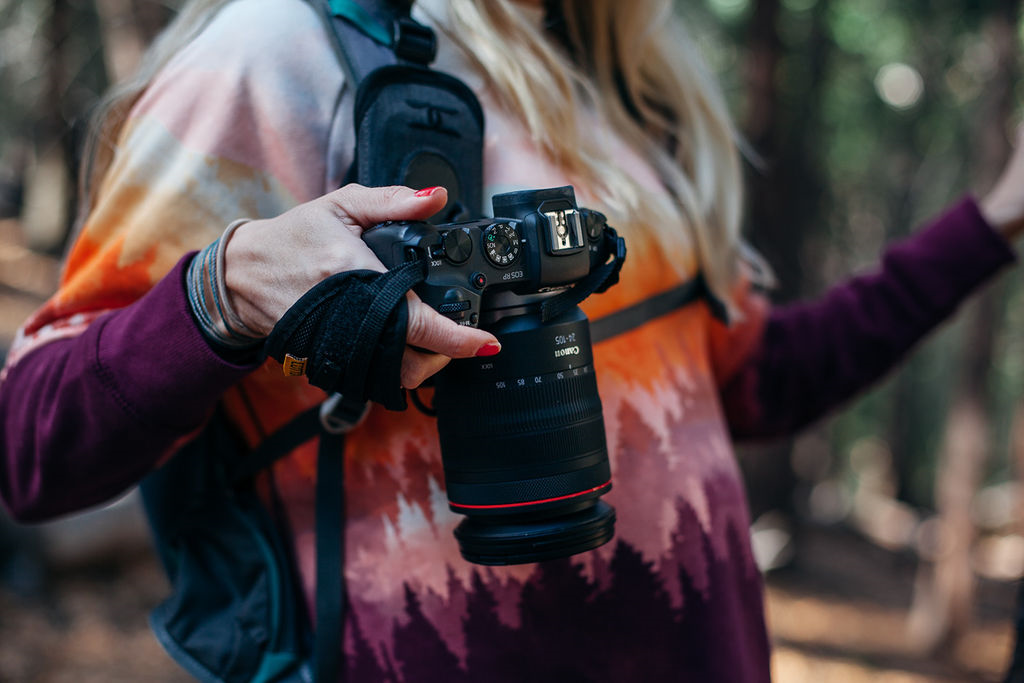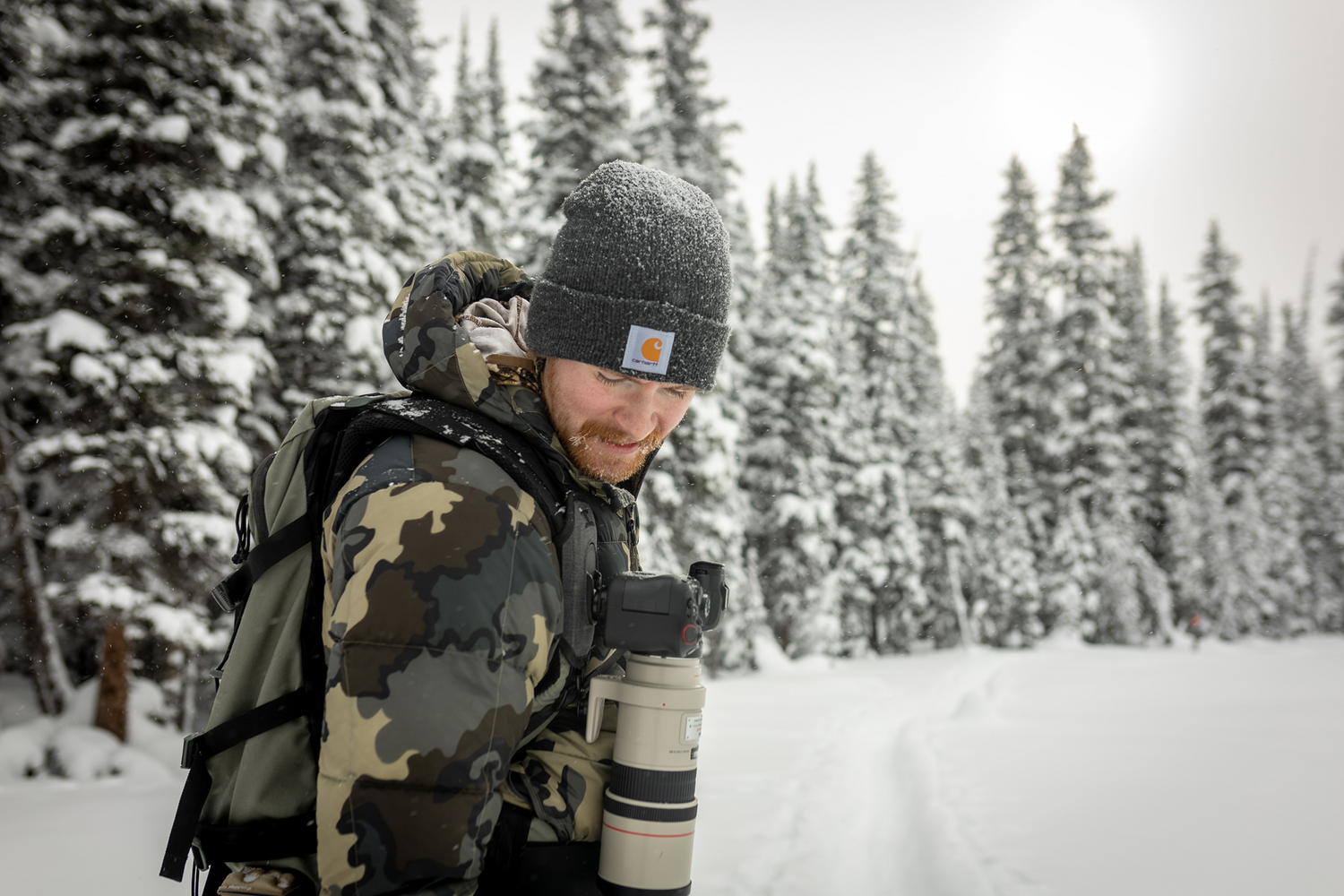The Grand Canyon is one of the most iconic natural landmarks in the United States, attracting millions of visitors each year. For many, hiking the trails of the Grand Canyon is the experience of a lifetime. However, the beauty of the canyon can also be deceiving—it's a challenging environment that demands respect and careful planning.
If you're planning a hike, whether it's a short day trip or a multi-day adventure, staying safe should be your top priority. Below are essential tips to help you avoid common hazards and ensure your trip is both memorable and safe.
Grand Canyon Hiker Safety Tips
1. Plan Ahead and Prepare
Planning is the key to a successful and safe hike. The Grand Canyon is not just another national park; its extreme environment can surprise even experienced hikers.
- Research Your Trail: Trails in the Grand Canyon vary significantly in difficulty, elevation, and remoteness. Familiarize yourself with the trail you're planning to hike, including its distance, elevation gain, and any potential hazards.
- Check the Weather: The Grand Canyon has unique weather patterns. Be aware of temperature inversions, especially in cooler months. The temperature at the bottom of the canyon can be significantly warmer than at the rim. This means you might start your hike in cold conditions but face much warmer temperatures as you descend. Dress in layers that you can easily adjust to stay comfortable throughout your hike.
- Permits and Regulations: If you're planning to camp overnight, you'll need a backcountry permit. Make sure to secure this in advance and understand the rules of the area you're hiking in.
2. Stay Hydrated and Nourished
Dehydration and heat exhaustion are among the most common risks hikers face in the Grand Canyon, especially during the hot summer months.
- Bring Plenty of Water: The National Park Service recommends drinking about half a liter of water per hour during your hike. The longer and more strenuous the hike, the more water you'll need. Plan for at least a gallon (4 liters) of water per day.
- Electrolytes Matter: It's not just about water; you'll also need to replace the salts you lose through sweat. Pack electrolyte drinks or snacks such as salty trail mix.
- Snack Regularly: Keep your energy up by eating regularly throughout the hike. Pack lightweight, nutrient-dense snacks like energy bars, nuts, and dried fruit.
- Know Your Water Sources: The Grand Canyon has few reliable water sources. Depending on your trail, you may need to bring all the water you'll need or know where you can refill. Popular trails like the Bright Angel Trail have seasonal water stations, but these aren't available year-round. Always check with the park service for current conditions.
3. Watch Out for Heat-Related Illnesses
The combination of heat, strenuous activity, and dehydration can lead to heat-related illnesses, which can be life-threatening if not recognized and treated early.
- Heat Exhaustion: Symptoms include heavy sweating, dizziness, headache, and nausea. If you or someone in your group shows these signs, stop hiking immediately, find shade, and cool down with water and wet cloths.
- Heat Stroke: This is a medical emergency. Signs include confusion, lack of sweating, and a rapid pulse. If you suspect heat stroke, seek emergency assistance immediately by calling 911 or the park's emergency services.
4. Be Aware of the Terrain
The Grand Canyon’s trails are steep, rocky, and often exposed, making the terrain itself one of the biggest hazards.
- Wear Appropriate Footwear: Hiking boots with good ankle support and non-slip soles are a must. The terrain can be uneven, and loose gravel can make slipping a real danger.
- Use a Harness or Sling for Gear: Secure your camera, binoculars, or other gear with a harness or sling to keep your hands free and maintain balance on steep or uneven terrain. This helps prevent accidents caused by fumbling with equipment while hiking.
- Stay on the Trail: Venturing off the marked trails can lead to dangerous situations, including falls and disorientation. Stick to established paths and pay attention to signs and trail markers.
- Use Trekking Poles: Many hikers find that trekking poles can help with balance and reduce the strain on their knees, especially during steep descents.
5. Pace Yourself
The combination of elevation, heat, and the strenuous nature of many Grand Canyon hikes means that it's easy to overestimate your abilities and underestimate the challenges.
- Don't Rush: The elevation gain and loss can make even short hikes more exhausting than expected. Take frequent breaks and listen to your body.
- Start Early: Begin your hike in the early morning when temperatures are cooler, and try to avoid hiking during the peak heat of the day (10 a.m. to 4 p.m.).
- Know Your Limits: If you're feeling exhausted or unwell, turn back. The canyon will still be there for you to explore another day.
6. Prepare for Emergencies
Even the best-prepared hikers can encounter unforeseen challenges. Having a plan and the right gear can make all the difference.
- First Aid Kit: Carry a basic first aid kit with bandages, antiseptic wipes, pain relievers, and any personal medications.
- Communication: Cell phone reception is limited in the canyon. Consider bringing a satellite phone or personal locator beacon (PLB) for emergencies.
- Inform Someone of Your Plans: Always let someone know your itinerary, including your planned trail, expected return time, and any contingency plans.
- Know Canyon-Specific Emergency Contacts: The Grand Canyon has a dedicated emergency response team for hikers in distress. If you're unable to call 911, try to reach the park's emergency services directly by using a ranger station or payphone, if available.
7. Protect Yourself from Wildlife
While wildlife encounters are relatively rare, the Grand Canyon is home to a variety of animals, some of which can pose risks to hikers.
- Rattlesnakes: Rattlesnakes are common in the canyon, especially in warmer months. Stay alert, and watch where you step or place your hands. If you encounter a rattlesnake, give it plenty of space and allow it to move away.
- Mule Deer and Elk: While these large animals may seem harmless, they can become aggressive if they feel threatened. Keep a safe distance and never attempt to feed or approach them.
- Insects: Insect bites, particularly from mosquitoes and ticks, can be bothersome. Use insect repellent and check for ticks after your hike.
8. Respect the Grand Canyon’s Cultural Significance
The Grand Canyon is not just a natural wonder; it’s also a site of cultural and historical significance for several Native American tribes.
- Stay on Designated Trails: In addition to protecting yourself from dangerous terrain, staying on marked trails helps protect sensitive archaeological sites and sacred areas.
- Be Mindful of Cultural Etiquette: Certain areas of the Grand Canyon hold spiritual importance. Always show respect by following guidelines and signage about restricted areas or behaviors.
Hiking the Grand Canyon is a rewarding adventure that offers stunning views and a sense of accomplishment, but it's essential to be prepared for the challenges that come with this rugged environment. By planning ahead, staying hydrated, pacing yourself, and being aware of your surroundings, you can avoid common hazards and enjoy a safe and unforgettable hike.
If you're heading to the Grand Canyon, remember that safety is your most important gear. With the right preparation, you can have an incredible experience while minimizing risks.





